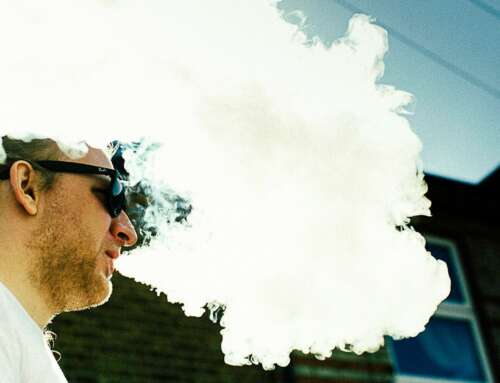The adolescent years are when people’s bodies are supposed to start the ascent to their physical peak. Teenagers are growing like beanstalks. Their hormones are raging. They’re eager for new experiences. By all accounts, this should be among the most active periods in a person’s lifetime.
Except it turns out it’s not.
In an eye-opening study involving 12,529 Americans ages 6 to 85, researchers mapped how physical activity changes over a lifetime. The participants, part of the 2003-2004 and 2005-2006 cycles of the National Health and Nutrition Examination Survey, wore accelerometers, devices that measure movement, for seven consecutive days. For the purposes of the analysis, researchers counted all types of movement, not just exercise.
The first thing to note about the results, published in the August issue of the journal of Preventive Medicine, is that physical activity appears to be at its highest at age 6. If you’ve ever seen a squirmy kindergarten class that shouldn’t be a surprise.
Vijay Varma, a National Institute on Aging researcher and lead author of the study, said that there has been a belief that physical activity gradually declines across the entire life span. But according to the new data, there seems to be a sharper-than-expected decline during childhood — starting in elementary school and continuing through middle school and high school. By age 19, the average American is as sedentary as a 60-year-old.
“At 60-plus, many people have health issues that might cause a restriction in movement, but why is this happening at age 19? It suggests that the social structures in place may not be supporting physical activity,” Varma said in an interview.
He theorized that the modern school day, which requires sitting for large amounts of time and where recess is often compressed into 20 to 30 minutes a day, may be partly to blame. There’s also the issue of early school-bell times, which researchers have found lead to sleep deprivation.
“The timing of school isn’t consistent with biology of when kids wake up and go to sleep,” he explained.
Varma and co-author Vadim Zipunnikov, assistant professor at the Johns Hopkins Bloomberg School of Public Health, point out that the data shows that school-age children were the most active between 2 and 6 p.m., or after school.
–
Read More: Teenagers are as sedentary as 60-year-olds by age 19







Leave A Comment